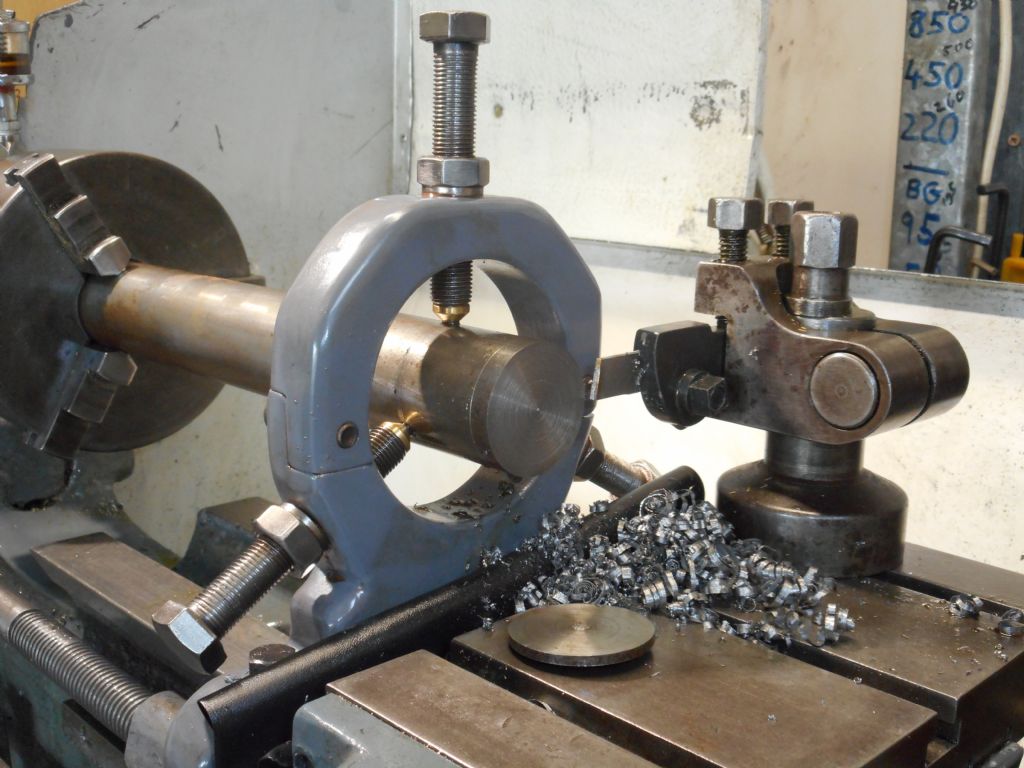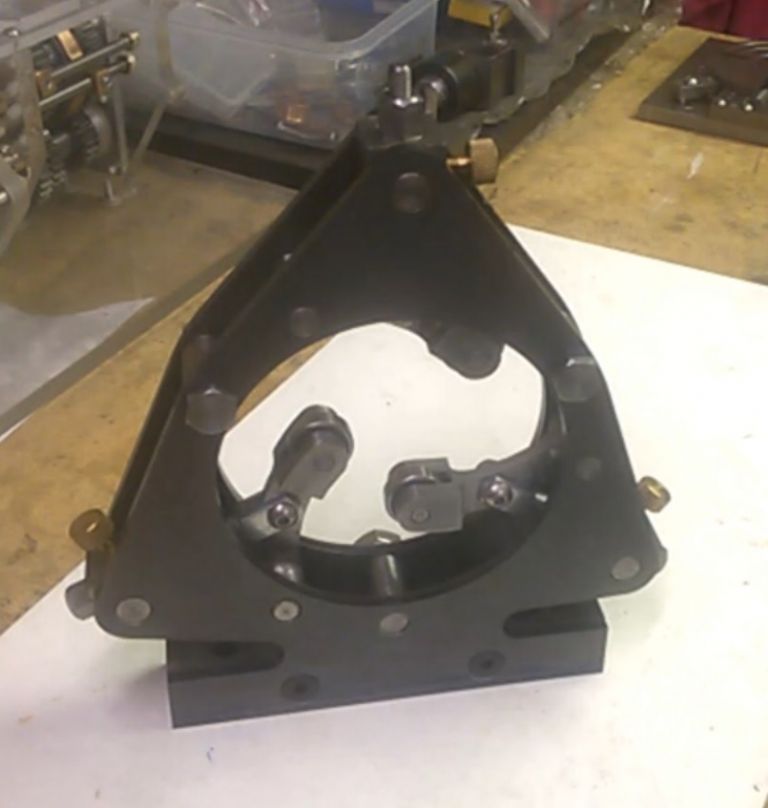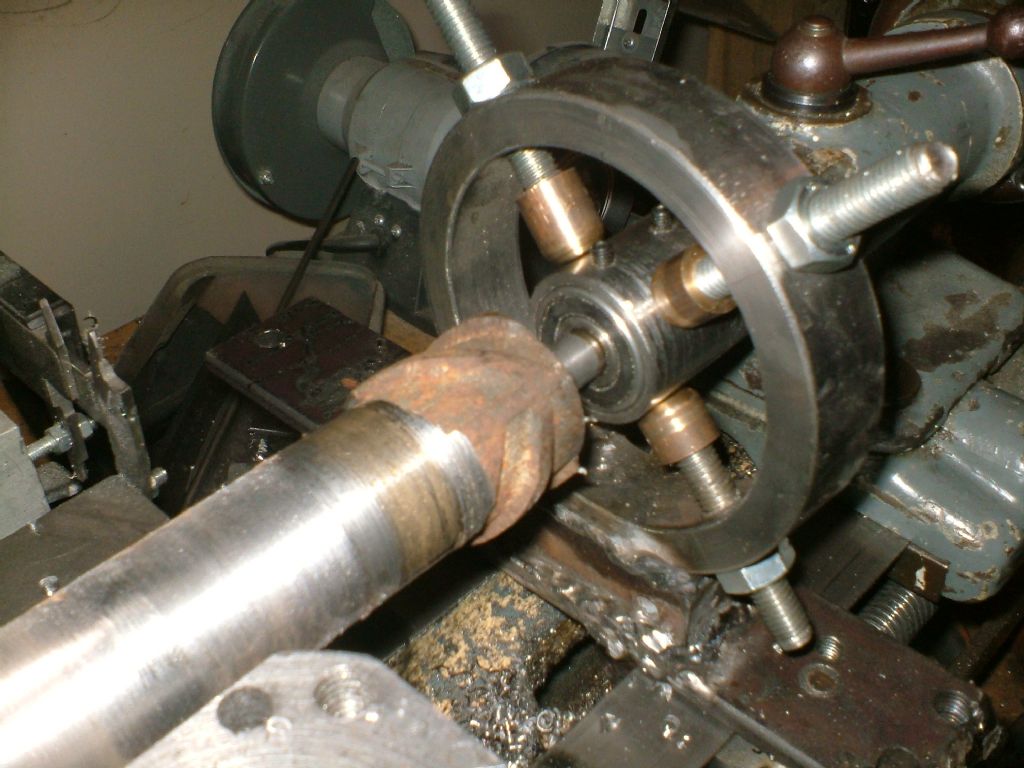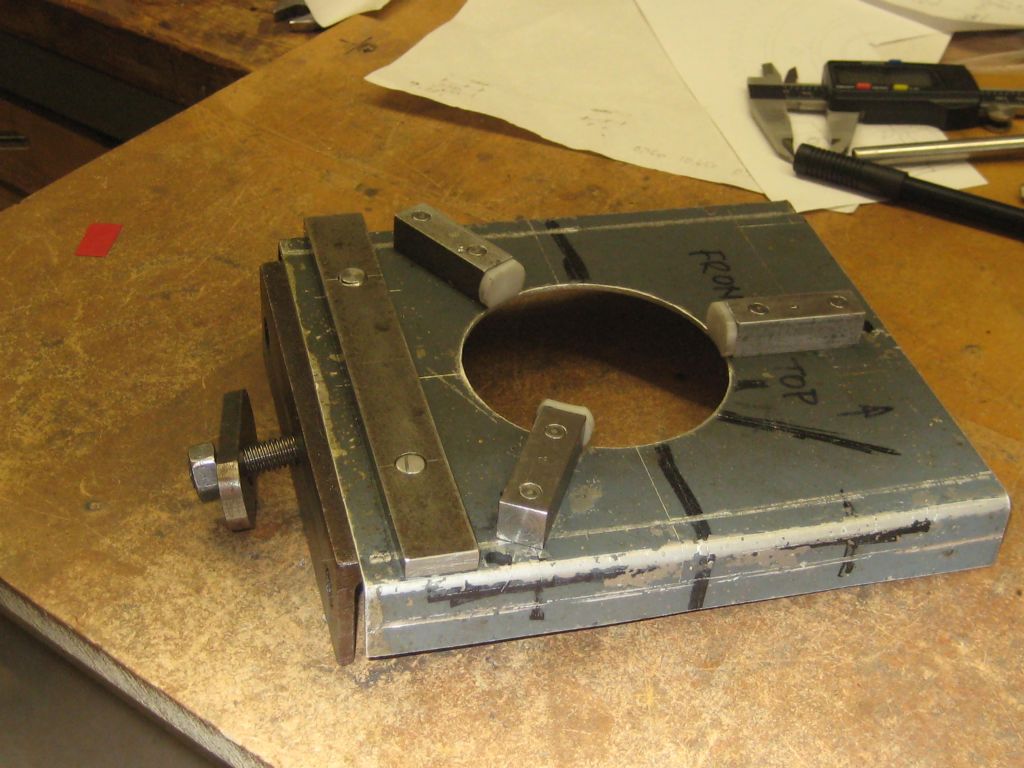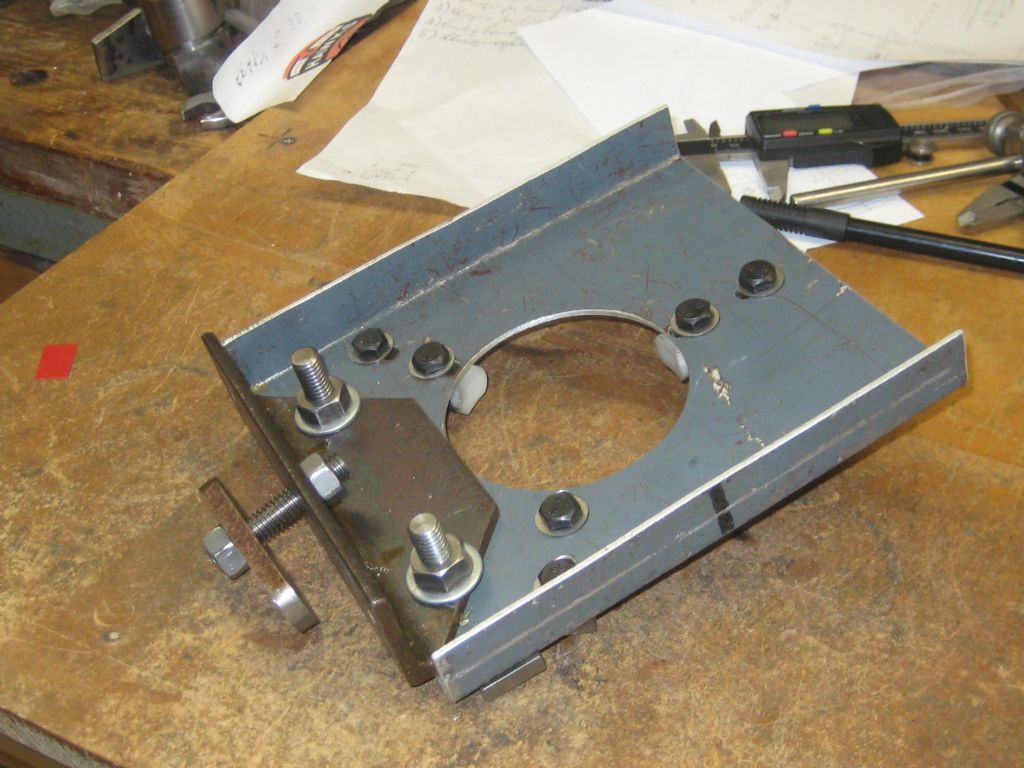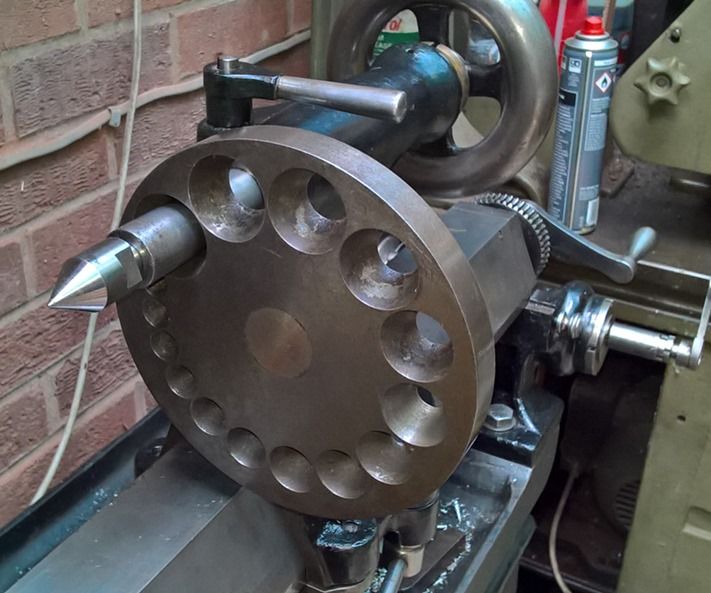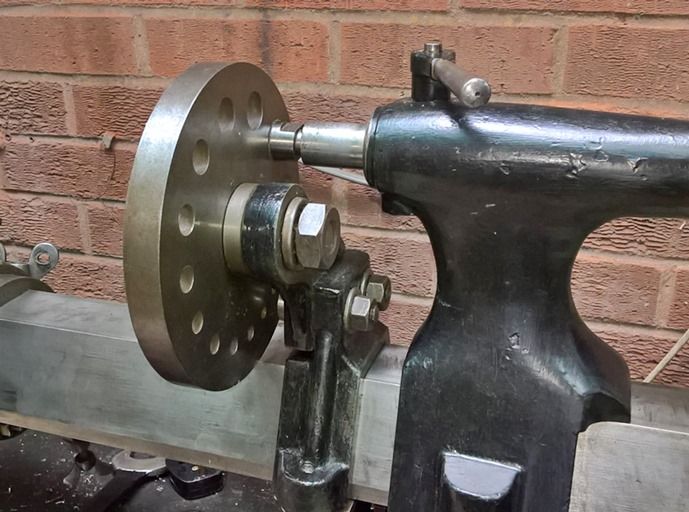Back again, lots of questions at the mo.
I need a larger mini lathe steady rest than is available commercially.
This has been on the 'to do' list for a while. Time to do.
As i'm going to have to make one may as well make it with circa 4.5" capacity to cover all bases.
I see Hemmingway do a kit for a 5" myford rest that could probably be adapted.
& There are numerous exam[les of DIY rests on the net.
However, i'm thinking K.I.S.S. ,I't doesn't need to be a work of art,It just needs to do the job.
I could spend weeks/ months making the mother of all mini lathe steady rests, but why?
I like the idea of brass fingers, but brass tipped bolts is simpler.
I like the idea of a cast iron body , but that's slower work than Aluminium.
My questions are namely thus~
Are steady rests subjected to any great load (in a home shop environment)
&
Would any vibration damping offered by cast iron be worthwhile/ noticeable on a hobby machine?
Thanks.
ega.


